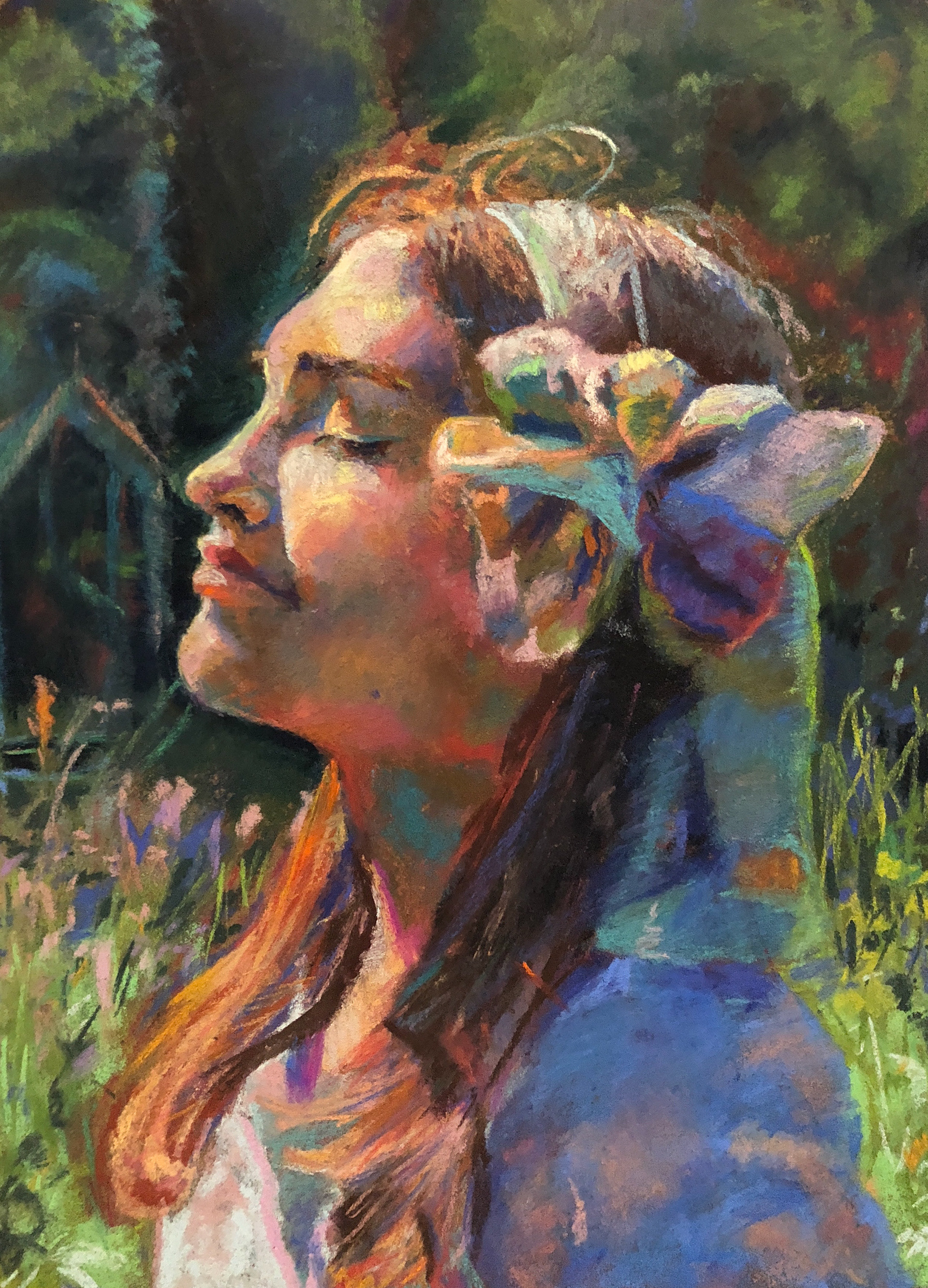When I think of a playground, I recall memories of playing on the monkey bars and tire swing with my friends, always waiting for recess and the excitement of being outside. There is a separation between this type of play in my mind and climbing a tree or rocks along a trail or a river, yet these are forms of play. Is there a particular way of playing that is better than one or the other? Playgrounds built out of metal or wood for children are constructed by humans for a ‘play’ that is fun and safe, yet artificial. Is it more exciting for children to explore the world for themselves in nature and find trees to climb or rivers to swim in? In school we teach our kids to play on the manufactured playspace to keep them in a controlled environment that seems somewhat contradictory to how children could experience play or learn about the world for themselves through their own discovery of what becomes play. Are we conditioned to think about play in a certain way? It is in a child’s nature to want to explore, grow, and discover, but these tendencies are driven in certain ways when we form a preconception of what is fun for children and how they should play versus when they are in a classroom studying and listening to lessons. Playgrounds constructed by humans put limits on the problem solving children use to navigate a natural unfamiliar environment, their physical fitness, and creativity in unearthing their environment with other kids.
I am questioning why playgrounds are constructed and the material, shape, and form that mimic and separate children from the natural world around them. I wonder about the play that occurs in a forest, on a beach, in the mountains, or other landscapes that become playscapes on their own that are in my opinion more valuable than the superficial play that occurs on a ‘playground’. If this is the case, how can playgrounds become more interactive and be conducive to a child’s self discovery of the natural world rather than being told how to experience it. A playground attempts to provide structures that nature offers, when the play experience could be more authentic if the actual elements of nature being copied were used or incorporated into playscapes.
My fabric combines human-developed child’s play structures and natural forms of play that children have experienced such as climbing trees, running on grass, and interacting with bodies of water into a playscape that examines the man-made and natural elements of play.
Jacquard woven with Pointcarre software with a boucle yarn and rayon. The piece is 54 in wide by 2 yds long and was painted with textile paints afterwards.
Reference drawing for the repeat and inspirational imagery
